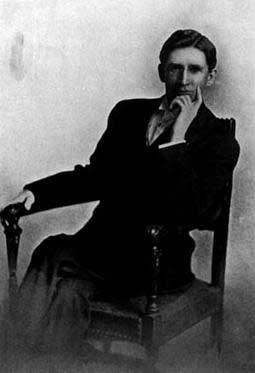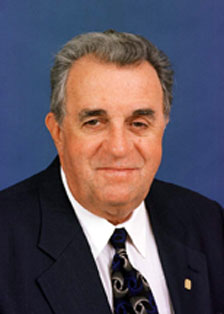This website is a snapshot in time of the James Madison University through the Centennial year, 1908.
|
|
Julian Ashby Burruss – President, 1908-1919 |
|
|
|
|
|
|
 |
Dr. G. Tyler Miller – President, 1949-1971 |
|
|
|
|
|
|
 |
Dr. Linwood H. Rose – President, 1998-Present |



